Dirty Keto vs. Clean Keto: Everything You Need to Know
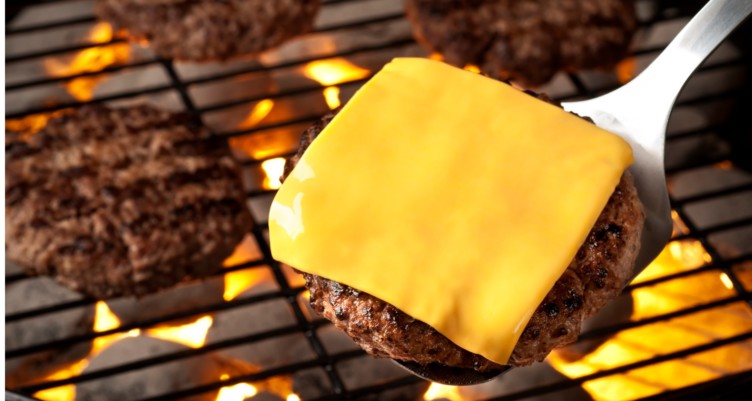
- Dirty keto is a version of the high-fat, low-carb ketogenic diet. A clean keto diet prioritizes whole, nutrient-dense foods. A dirty keto diet includes processed foods.
- Dirty keto dieters might eat a mix of clean foods, fast foods, sugar-free drinks and processed snacks that fit keto macros. While this style of eating is more flexible, clean keto promotes weight loss and provides essential nutrients.
- A regular keto diet doesn’t have to feel like you’re missing out on delicious, convenient foods. Find easy keto recipes below, like chocolate donuts and creamy Bulletproof Coffee.
The ketogenic (keto) diet is a low-carb, high-fat diet that has become incredibly popular due to its proposed health benefits. This includes weight loss and a lowered risk for heart disease and diabetes.[1]
There are two ways to approach the keto diet: dirty keto and clean keto. Dirty keto still aims to help you decrease your carbs and eat more fats. However, there aren’t restrictions on the quality of foods you’re eating. Clean keto, on the other hand, prioritizes whole foods.
Whether you’re a seasoned keto dieter or just getting started, you might wonder about the differences between clean keto and dirty keto. Keep reading to learn about dirty keto vs. clean keto and how to determine which style is best for you.
What Is Clean Keto?
Clean keto is also known as the traditional keto diet. It prioritizes eating whole foods. The daily intake of calories comprises less than 50 grams of carbs per day.[2] Fat makes up 70 to 80% of keto calorie intake. Protein comprises the remaining 10 to 20%.
Eating few carbs and mainly fat forces the body to burn fat for fuel in a process called ketosis. Normally, the carbohydrates you consume are broken down into glucose. This is the body’s preferred source of energy. Ketosis supports several health benefits. These include weight loss, reduced blood pressure and prevention of heart disease.[3]
The best foods to eat on a clean keto diet include whole, unprocessed foods. Examples include low-starchy fruits and vegetables, grass-fed beef, pasture-raised eggs and healthy fats.
What Is Dirty Keto
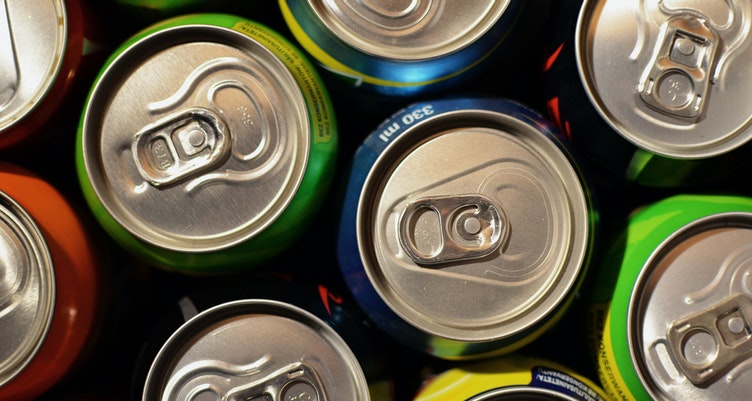
Dirty keto is a version of the high-fat, low-carb keto diet. How many carbs do you eat a day on the dirty keto diet? Since it follows the same breakdown of fats, protein and carbs as clean keto, the carb intake is still around 50 grams.
But compared to a regular keto diet, there’s one key difference: It doesn’t matter where these macronutrients come from.
That’s because the majority of benefits of keto come from carbohydrate restriction. This is true whether you’re eating grass-fed steak seared in grass-fed ghee or a bun-less cheeseburger with a side of pork rinds.
You don’t have to worry so much about the quality of the foods you eat on the dirty keto diet plan. Processed foods like artificial sweeteners are acceptable. Processed oils or even bun-less burgers also are acceptable.
The difference is understanding how dirty keto foods make you feel, what’s sustainable for you and what results you’re seeing on the keto diet.
Clean Keto Food List
Eating a large variety of the following foods ensures your success on the clean keto diet:
- High-fat protein: grass-fed beef, grass-fed chicken, bacon (in moderation)
- Fish and seafood: salmon, tuna, sardines, anchovies, mackerel
- Non-starchy vegetables: asparagus, bell peppers, broccoli, zucchini, celery, mushrooms
- Low-carb fruits (in moderation): avocados, lemons, strawberries, blueberries, raspberries, tomatoes
- Fats: olive oil, coconut oil, grass-fed ghee, butter
- Nuts: pecans, macadamia nuts, walnuts
- Non-starchy vegetables: asparagus, bell peppers, broccoli, zucchini, celery, mushrooms
- Seeds: sunflower seeds, flax seeds, pumpkin seeds, chia seeds
- Pasture-raised dairy products: eggs, full-fat Greek yogurt, cottage cheese
Dirty Keto Food List
There’s no shortage of options when you’re not sticking to clean keto. This includes dirty keto snacks, sugar-free beverages, ingredients for home-cooked meals and more.
So, what exactly should you expect to see if you open a dirty keto dieter’s fridge or pantry?
Some of the most common items on a dirty keto food list include:
- Processed cheese
- Sugar-free sodas and other drinks
- Bun-less fast-food burgers
- Pre-packaged meats
- Pork rinds
- Bacon made with conventional meat
- Margarine
- Mayonnaise made with vegetable oils
- Cheese crisps
- Chocolate
- Potato chips
- Low-carb cookies
- Processed vegetable oils
What’s the Difference Between Dirty Keto and Clean Keto?
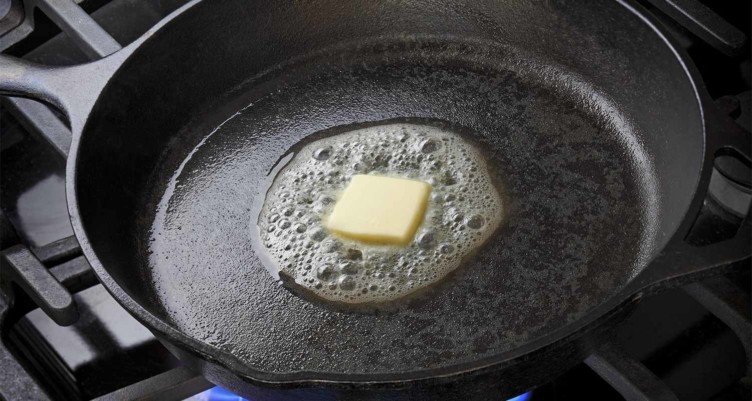
When it comes down to dirty keto vs. clean keto, here are the key differences:
Food Quality
There’s no sugar-coating it: Clean keto is healthier than dirty keto. Clean keto emphasizes food quality, like eating grass-fed, pasture-raised and organic foods. Dirty keto doesn’t place the same importance on where your calories come from.
On dirty keto, you eat things that are technically low carb. But they might not be as nutritious as whole foods. This includes artificial sweeteners and food additives. It also includes ultra-processed oils and snack foods and sugar-free sodas.
Flexibility
While clean keto rules are cut-and-dry, there is room for flexibility in dirty keto. What can’t you eat on keto?
There is even a more relaxed version of the diet called lazy keto.
People who follow a lazy keto diet tend to pay close attention to food quality. However, they put less emphasis on macronutrients than dirty or clean keto dieters.
Want to keep things super simple? Here’s an easy way to put all three versions in context:
- Dirty keto: Eat whatever you want, regardless of ingredient quality. Track your keto macros.
- Clean keto: Emphasize high-quality ingredients and whole foods. Track your keto macros.
- Lazy keto: Follow keto protocol. Focus on ingredient quality, but don’t count your macros.
Related: 7 Reasons You’re Not Seeing Results on Keto
Pros and Cons of the Dirty Keto Diet
There’s no such thing as a perfect diet. No matter which one you choose, there are always unique benefits and drawbacks. Here are the pros and cons of the dirty keto diet:
Can You Lose Weight on Dirty Keto?
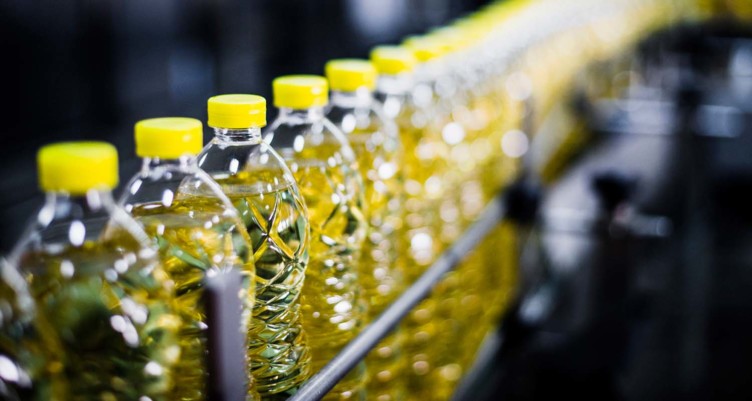
Though not as healthy as clean keto, the dirty keto diet does still put the body into a ketosis state. This helps speed up weight loss by helping the body burn fats for fuel. This process also helps reduce your blood sugar and your appetite.
Know that dirty keto can also cause some damage in the long term, such as:[4]
- Raising blood sugar (from extra sodium)
- High cholesterol (from saturated fats)
- Food cravings (from eating high-calorie convenience foods)
- Vitamin and mineral deficiency
- Inflammation
- Weight gain post-diet
Keto Diet Meal Plan
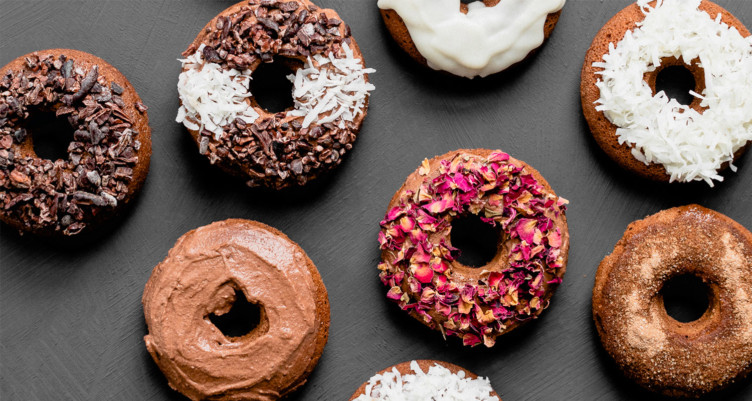
On a clean keto diet, you can still enjoy delicious, indulgent keto meals and sweet treats. Set yourself up for success by creating a weekly keto meal plan. This will help ensure you have plenty of healthy snacks and veggies in the fridge.
Here’s a sample meal plan:
- Breakfast: Start your day with a creamy, satisfying cup of Bulletproof Coffee or a Cold Brew Latte.
- Afternoon: Add a scoop of Collagen Protein to a satisfying smoothie. For lunch, a Keto Chopped Salad hits the spot.
- Dinner: Cozy up to a bowl of No-Bean Keto Chili.
- Dessert: Satisfy your sweet tooth with these No-Bake Protein Brownie Bites.
Talk to a registered dietitian or nutritionist to make sure you’re getting enough micronutrients throughout the day, too.

Looking for more ideas to start planning healthful keto meals? Start here:
- These Keto Egg Bites are perfect for a weekend brunch or light lunch.
- When it’s time for lunch and dinner, check out these 20 clean keto recipes that taste like your favorite comfort foods.
- Make a batch of Chocolate Cinnamon Keto Donuts to enjoy with a cup of clean coffee.
- Craving comfort food? Save this Zoodles With Keto Alfredo Sauce recipe.
- Keep your body and your taste buds happy with this Keto Hot Chocolate.
Keto Diet Tips
Want to take your keto results to the next level? The keto diet can easily get overwhelming. Use these tips to make the transition easier:
- Eat primarily whole foods, not ultra-processed foods.
- Prioritize quality fats like MCT oil, coconut oil, olive oil and grass-fed ghee, not canola oil and margarine.
- Experiment with intermittent fasting on keto. This can support ketone production and reduce blood glucose levels.
- Avoid inflammatory foods and additives. They can derail your health goals over time.
- Make fast food an occasional indulgence—not your entire diet. Check out our keto food list for more details, including examples of healthy fats and proteins.
- Choose quick options whenever possible. If you lean toward dirty keto for convenience or its indulgences, know that clean keto can be quick and flexible.
How to Choose Between Dirty Keto and Clean Keto
There’s a connection between optimal wellness and eating whole foods. Our point of view is that food is fuel. If you want to feel your best, start with the right nutrients. It shouldn’t be about dirty keto vs clean keto. The best diet is the one that makes you feel your best and that you can stick with long-term.
If you’re used to eating whatever you want, jumping into a “cleaner” style of eating is a big change. Saying “hold the bun” is a starting point. As a short-term fix, eating dirty keto to meet your macros is a way to dip your toe in the keto diet. Doing so can help you transition into a new style of eating or stay in ketosis when you’re out or too busy to cook.
In all styles of the keto diet, about 70 to 80% of your daily calories come from dietary fat. You also eat about 10 to 20% of your calories in protein and very few net carbs per day.
Clean keto, also known as traditional keto, focuses on whole foods. Dirty keto allows you to eat processed foods. Eating high-calorie convenience foods might make it more difficult to stay in ketosis. However, if you track your macros carefully, dirty keto can still be an effective strategy for those who want to make fat their main fuel source.
Sign up for early access to sales, product launches, the latest Bulletproof news and more!
This article has been updated with new content.



